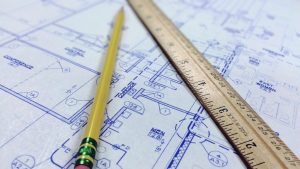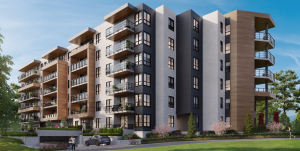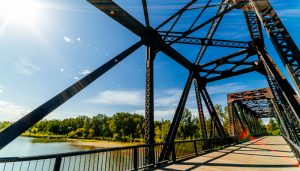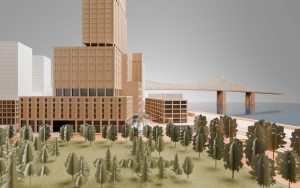As employers begin to consider what their workplaces will look like post-pandemic one thing is key: flexibility.
“I don’t think that anybody knows when everything will be normal, but I know that we are all going to be accommodating as well as we can until somehow it all feels like it’s in the rearview mirror, which is an odd thing to say because right now we aren’t close to having it in the rearview mirror,” said Natalie Vukovich, partner at Daoust Vukovich LLP, during a recent webinar.
“Even if Canada gets to be in great shape, the virus doesn’t respect borders. We’re going to have to continually contend with this until there is a feeling that there is not much of a risk anymore. I don’t think anyone here can predict what that is going to look like. I don’t think that we’re going to stop being flexible. We’ve learned that we can be and it makes sense to be.”
The discussion was part of ULI Toronto: WLI Championship Team Celebration – The Future of Workplace: A discussion to decode the post-pandemic workplace and its implications.
Renée Gomes, vice-president, development with First Gulf, said her workplace is looking at a hybrid model post-pandemic.
“We have to be careful when we’re thinking about the lessons that we’ve learned in this period because I don’t think this is as true of a work from home experiment as everyone would like to think because it has not been normal circumstances,” said Gomes, adding many people had to balance working from home with remote learning or caregiving. “I think that’s also why a lot of employers now are recognizing the best thing to do going forward is to be flexible and figure out what is going to work, because we don’t really know what that’s going to be yet.”
Some workplaces were piloting flexible work programs before the pandemic, allowing their team members to work remotely once in a while.
“We found most people used once a month or not even because they liked to come into the office,” said Allison Wolfe, executive vice-president, CFO and global head of portfolio management with Oxford Properties Group.
“One of challenges that I think a lot of us have been experiencing was that there are no boundaries with regards to work from home. Most people, they get up in the morning they are immediately online, so we actually are finding that our team members are working longer hours.
“I do actually think that the idea of getting dressed and commuting into the office helps allow you when you come home to actually have some boundaries.”
Workspaces should also be flexible in terms of design and have dedicated desks as well as different spaces for working at different scales, said Anne-Marie Armstrong, principal and co-founder of AAmp Studio.
“It gives those employees an opportunity to collaborate in different ways and to work in different spaces within a larger office space,” she said. “Some people were speculating at the beginning or in the depths of the pandemic that the open plan was dead. I think there is a wonderful opportunity in the open plan to build in and design in flexibility.”
Another thing to consider is employees will have varying levels of comfort when it comes to working in the office.
“An employee should be able to have some sort of agency in determining where they feel comfortable working in the office if that’s possible,” Armstrong noted. “Desks could be set up so that there are more long tables versus separate desks so people can kind of claim space and those spaces can expand and contract as people come in and out of the office. You may notice there aren’t dedicated desks as much anymore as there are spaces to work and collaborate and socialize in office spaces. There is some great potential in how we might think about the office space as just a space of pushing buttons versus a space of socializing and collaborating.”
The panellists agreed that the future is still uncertain.
“The number one thing that I think we should all learn is a way to design and offer a space that is resilient so that when the next shock comes, whether it’s a pandemic or a climate emergency or terrorism or some other unpredictable shock that is going to make us have to do things very differently, we can respond quickly and we can reconfigure or we can adapt,” Gomes added.
Wolfe said there will be even more focus on health and safety in buildings, a trend that began even before the pandemic.
“The pandemic really accelerated these trends and the focus on that health, wellness, air quality, natural light,” she said. “Even walking into an office building and recognizing ‘do I have to touch a door handle or does it open automatically?’ I think those are things that there is going to be much more of a focus on.”
Follow the author on Twitter @DCN_Angela.











Recent Comments
comments for this post are closed